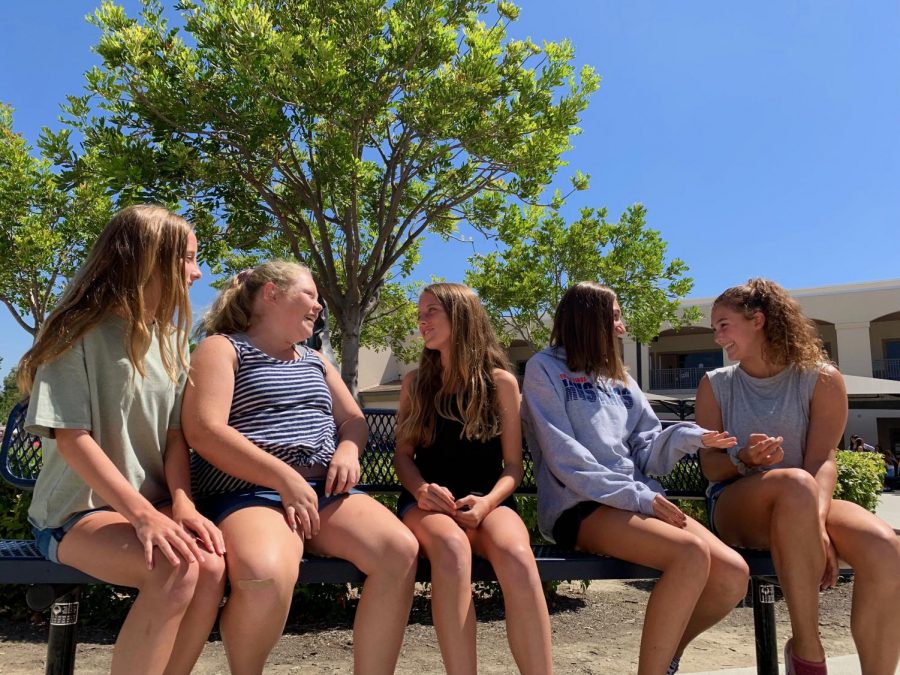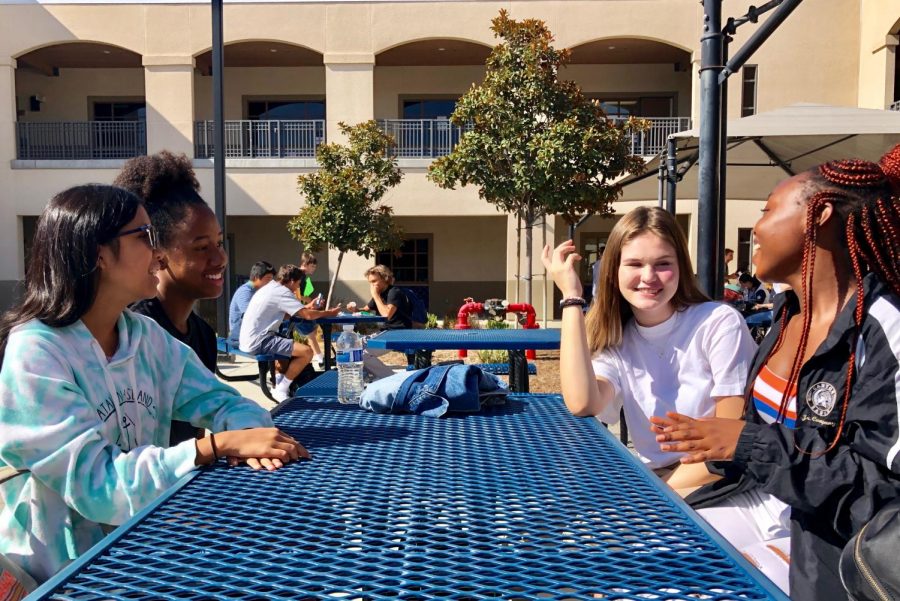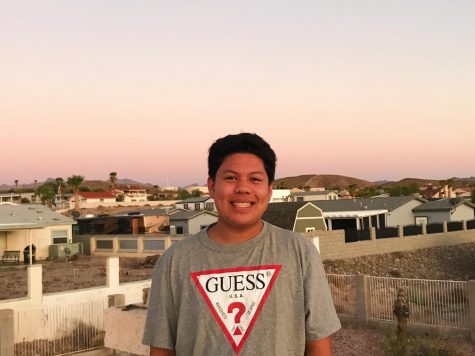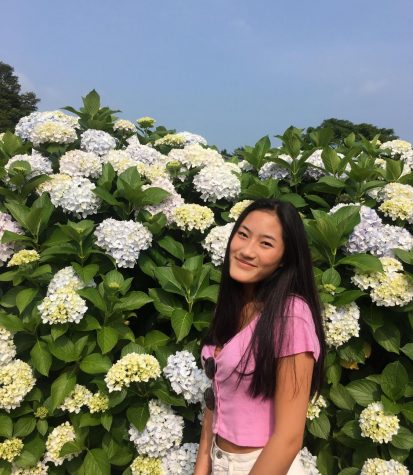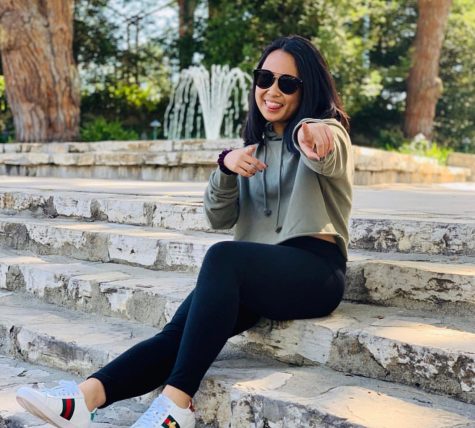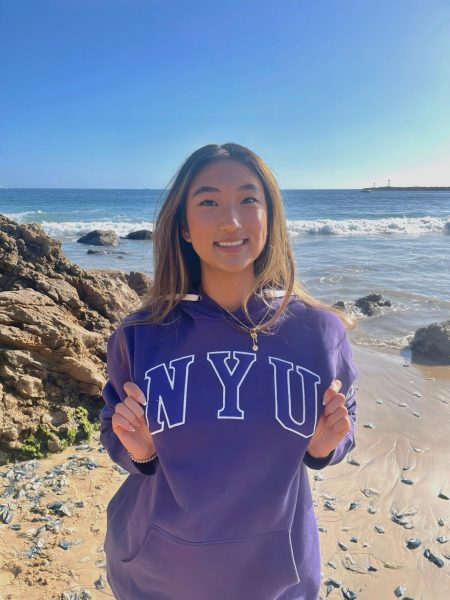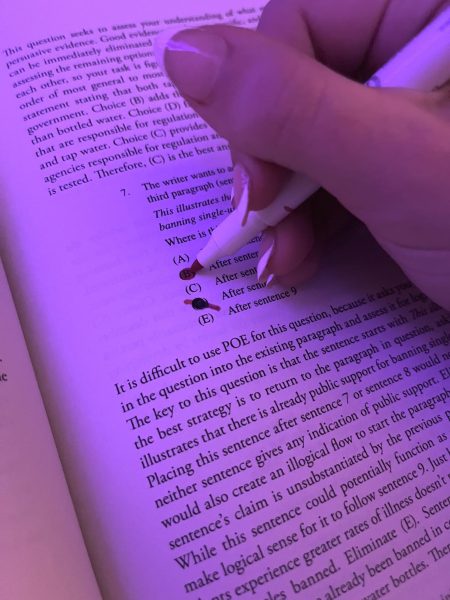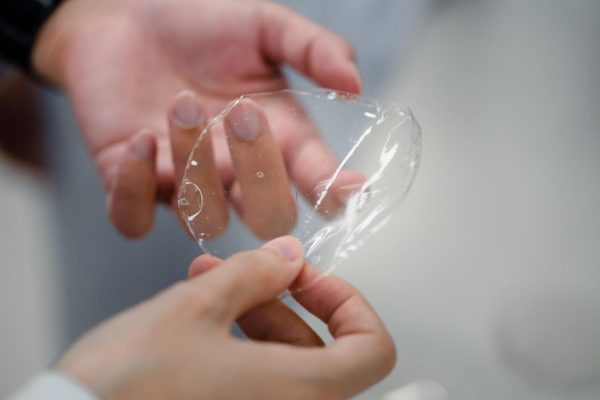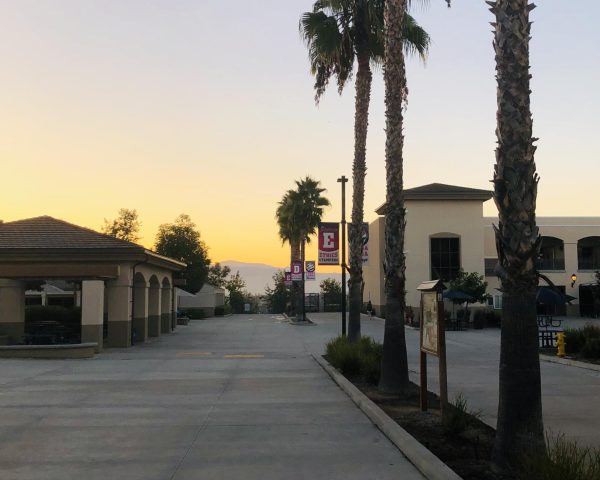Friendship: From the Eyes of Yorba Lindans
Freshman students exchange laughter, stories, and funny comments to each other.
September 24, 2019
Since the beginning of our memories as children, we have learned about the idea of friendship or the true connection two people share. Friendship has been ingrained in society to show one’s popularity and likability. Even in science, friendship has numerous health benefits. Having a support group “reduces [the] mortality risk in half, doubles [the] chances of recovering from depression, [and is] 4.2 times less likely to succumb to the common cold” (Reader’s Digest).
But what does friendship actually look like in our day to day lives as Mustangs and citizens of the world? For starters, each friendship does not fit the mold of one specific thing; there is a multitude of emotions, experiences, and interactions that go into how one views friendship. As time goes on the rollercoaster of life, the definition of friendship changes as more people experience love, kindness, generosity, and even confrontational altercations.
To help get a better understanding of the importance of the shared connection with others and the concept of friendship, people of different ages and backgrounds were interviewed to show the diversity of perspectives this topic creates. Nonetheless, the unique views will serve to help fill in the picture of what friendship is at YLHS and in the Yorba Linda community.
During adolescence, friendship seems to be all about “being trustworthy to someone you know and encouraging them to do what they love and helping them out when they have hard times,” according to seventh-grader Ashton Chappell. Similarly, Toby Kim, an eighth-grader, thinks that friendship means “being able to connect and spend time with that certain person with constantly.”
The perception of friendship changes in just one year from middle school to high school. Freshman students know that friendships can be broken after entering high school and the division of some of their middle school friends. Sierra Jones (9) recalls an experience where “broken friendships have affected [her] by making [her] believe that some people are not who they say they are.” She continues by adding that the experience has brought her “closer to the friends that [she] can trust and allows [her] to get to know everyone better before becoming friends.”
After another trip around the sun in high school, sophomore students approach and view friendship a tad differently than their freshman year prior. As a sophomore, Jisun Ho (10) defines friendship as “the comfort that comes from knowing that you are not alone.” Jisun’s perspective of friendship emphasizes the fact that every friendship is a two-way street in the way that both sides need to reciprocate the same time and energy to each other.
On the other hand, upperclassmen at YLHS view connections with their friends in a more maturely. They show how the past years in high school exemplify the growth within themselves as teenagers and the next generation of young adults in society. When asked, “What does it mean to be a true friend?” Riley Pietsch (11) perceived that being a friend “means to be there for that person when they are at their lowest [and]when nobody seems to care.” Riley’s bottom line is that “a friend is caring for someone more than you do for yourself.” Through her friendships, Amanda Hansen (12) has received much virtue from her encounters as an underclassman and as a junior, which has allowed her to “be empathetic because [she cannot assume] what someone is going through or how a person is behind the layers.”
To adults, some friendships can be treated the same as family. When the time comes to deal with struggles, heartbreaks, realizations, etc., the biggest takeaway is finding out who the real friends are. This could not speak more of the truth for Honors Biology teacher, Mrs. Farrell (Staff). Mrs. Farrell expands her definition of a true friend to someone who “helps [her] become a better person and [being that] person who would be there for [her].”
Proven above is the variety in friendship looks like to those with different stories. The data collected shouts one thing— that friends are indeed vital along the way. Whether it is going to your first high school dance or death in a family, true friends will always be by one’s side to help support and give one the love that one needs. Friends are those people who will love unconditionally and be there at one’s highest and lowest.
To reiterate, friendship is one necessity that everyone needs and craves. Nothing can break true friends because friends are essential, inevitable, and above all, friends are the family you have chosen. Friends come and go but the real, authentic ones, that stay demonstrate true friendship. Acquaintanceship is important but one thing is for sure— friendship is the “bond stronger than steel.” This is the definition of friendship, from the eyes of Yorba Lindans.

























